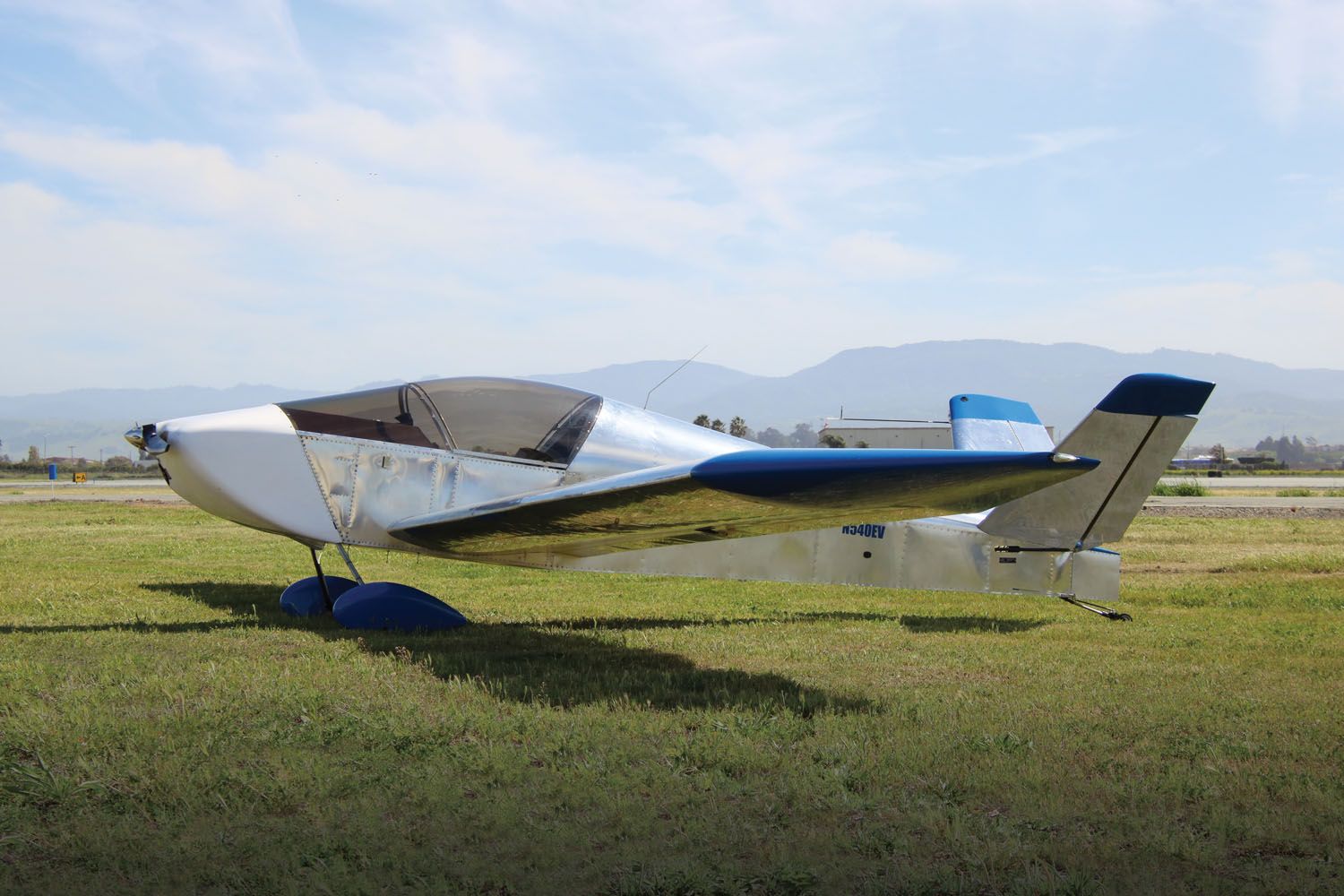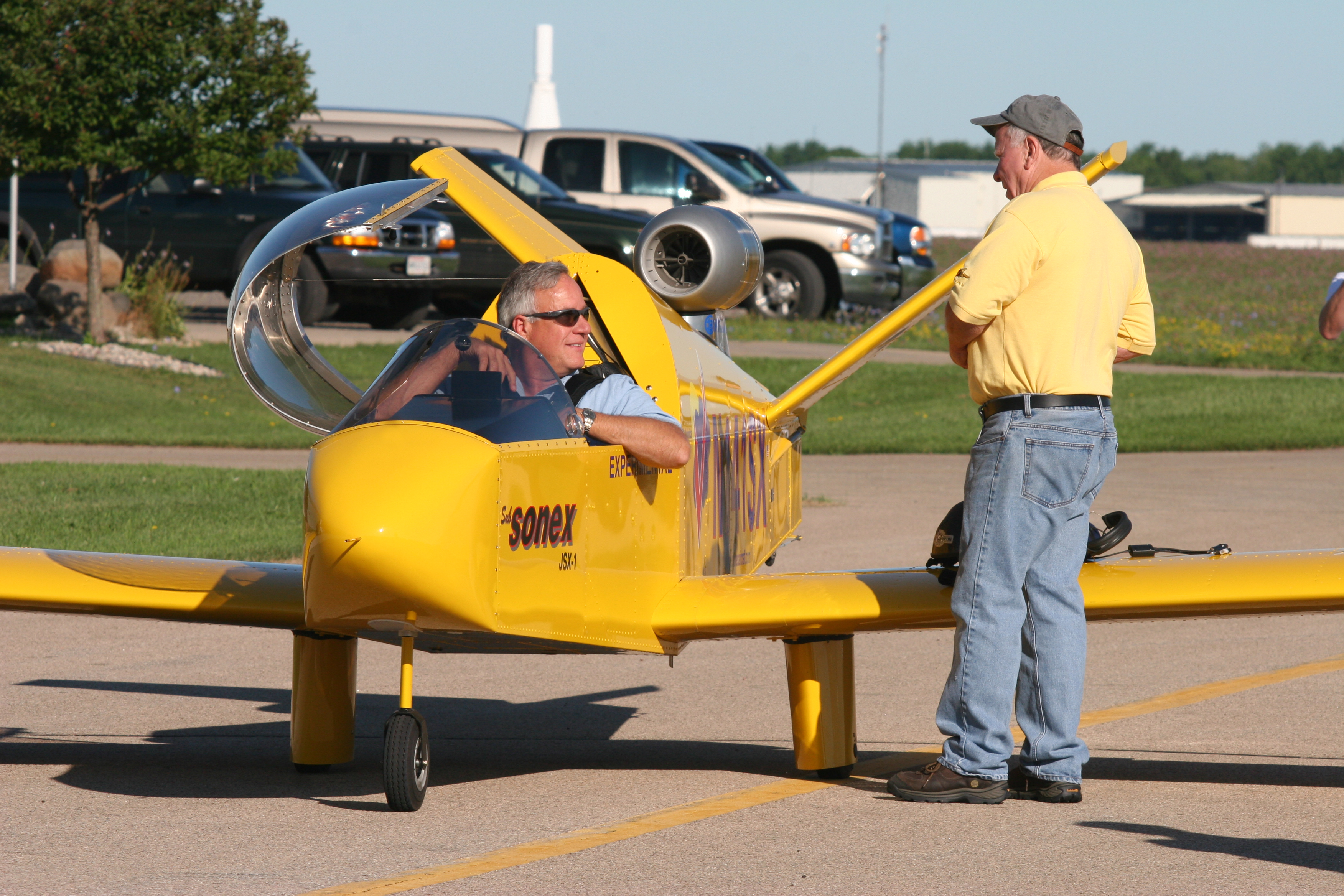Diy Ultralight Aircraft Plans - Stack Exchange is a question and answer place for aircraft pilots, mechanics and hobbyists. Registration only takes a minute.
I have a few questions - I plan to build a UL monoplane with this layout (I have more), I drew this based on simple facts and some research. The weight of an empty vehicle with engine is between 50-70 kg
Diy Ultralight Aircraft Plans
My power plant will use this engine. 4 stroke, OHV, single cylinder, 440 cc, power 18 HP/3600 rpm, torque 3.0 kg/m/2500 rpm (21.7 lb ft), TCI ignition, gross weight 37 kg.
The Ultimate Diy Project: Build Your Own Two Seater Airplane
I found this on wikipedia, it uses a McCulloch MC101 15HP motor at 9000rpm, which makes me doubt the use of the SFE 460 as the rpm is much lower. I can't find the McCulloch MC101 here
It should be possible. The Wright Flyer had an empty weight of 274 kg and a 12 horsepower engine, so you're way ahead there.
In the case of a propeller, you want the tips to not exceed the critical Mach number due to increased drag without increasing thrust, so the tip speed should be less than 340 m/s. At a maximum torque of 2500 revolutions per minute, your engine works at 262 revolutions per second. The map shows a 1.2 m diameter base, resulting in a tip speed of 262 * 0.6 = 157.2 m/s or Mach 0.46. Slightly lower and longer blades are better. No need for equipment
Here the "educated" hit the moment and thrust. I'd say you need the longest standard size propeller your vehicle can accommodate without hitting the ground during takeoff or landing, with the most pitch. If 1.2m is the maximum diameter, you may want to use a 4 blade blade.
Subsonex Jet Makes First Flight
A rough estimate can be made by assuming an L/D ratio of 9. Now the empty mass is 70 kg. We add 45 kg for the engine, gearbox and propeller. And we must not forget the weight of the pilot (85 kg) and 20 kg of fuel. Its total mass is 220 kg. Let's round it to 250 kg to be safe.
If we imagine that the aircraft is gliding at L/D = 9 and 25 m/s, the speed of sound will be 25/9 = 2.78 m/s. Since the mass of the plane is 250 kg, its weight is 2450 newtons.
An airplane needs exactly that power to fly straight and level. If we assume that the transmission and rotor losses are 50%, twice as much power is required, i.e. 13.6 kW. In addition, additional power is required (eg for climbing...), so let's increase the number by 30%. 13.6 x 1.3 = 17.68 kW = 24 hp. This is the engine power theoretically required for that aircraft according to this simplified estimate...

The short and simple answer to your question is, yes, there are many ultralights flying with 18hp (and below) engines and have been flying for years.
Aircraft Plans Single Seat Plane Includes Plans Dimensions
I understand from your questions and comments that you are fairly new to this aspect of flying and understandably you will have questions. It would be stupid (to ask).
At the same time, do you really want to fly or just kick tires and dream about it?
Many people who enter this FACET research the different deals available, and most buy maybe two or three sets of programs to better understand what a cost-effective aircraft is. I have ten planes for the following - proven planes: Bower's Headwind, Evans Vp-1 Volksplane, Sorrell SNS-2 Guppy, Sky Pup or Mach None and Beaujon ENDURO as well as Chotia Woodhopper. They also have plans for Mitchell Wing, Easy Riser and Quicksilver (weightshift) gliders that are built and fly just like gliders. Oh yeah, I almost forgot the Bensen Gyro-Gider, total blast!
I decided to build an SNS-2 Guppy with a 1972 BMW 750cc engine because it's closed and I'm too old to enjoy freezing my hips in an ultralight open frame. The BMW engine was chosen because it is more than reliable and I have two of them, A No Brainer, plus I don't have to downsize the VW two, I get half the horsepower of the BMW.
Peter Sripol's Diy Electric Ultralight Mk4
I hope you understand at this point that the purpose of an ultralight is to simply get in the air, get out of the pattern, and fully enjoy flying in a machine that really allows you to be part of the experience. This is why people drive motorbikes instead of cars - to get the most out of their surroundings.
Forget all the math like nose/tail ratio and wing loading etc etc and find out which ones still have a good support system.
Then and only then choose the one you think suits you and build it - up to the apps, if you want to fly more than once!
Your drawing does not provide enough detail to provide a definitive answer. The design resembles something like a legal eagle. They generally use a semi-Volkswagen engine that makes about 40hp, so I don't think that engine will do well unless we upgrade it a bit. If you're married to that design, the good news is that, thanks to the popularity of go-kart racing, there's a complete set of parts and detailed instructions for these types of engines.
Peter Sripol's Homemade Ultralight.
The smartest way is to download applications for an ultralight device that has already been extensively flown and debugged. Or if you're desperate to do it yourself, download a few sets of plans for different sailboats and then figure out how to add an engine. I know Goat Glider has free plans and people have successfully added an engine to it.
I'm building a modified ultralight Bloop 4. It's designed for a 25hp paramotor, so if you remove the governor from the motor you should be there. You can check here: http://m-sandlin.info/bloop/bloop.htm
I have found these sites useful as I have built superlights myself. The first one is for RC, but works equally well for paramotor/ultralight. Static Trust Calc http://www.godolloairport.hu/calc/strc_eng/index.htm
If you remove the governor from your motor, you can play with different drives/reductions here: Culver Propellers http://www.culverprops.com/pitchselection.htm
Diy Plane: From Toolbox To Takeoff In Two Weeks
I would step back from the Wright Brothers comparison and listen to Peter. Raising the fuse gives you a much smoother feel with more height and camber and rudder control. It reminds me of when Richthofen recommended the same thing for the new Fokker D.VII.
As an added bonus, this will help keep your CG in place when you add a bigger motor. Although the torque from the overpower is dangerous, the 18 hp can be a little anemic, especially in the wind. At lower power you should be moving with less wing loading. The wind will blow you like a leaf. Also, lower flight speeds provide a much smaller margin of safety in case of gusts or wind shear. More power can save you in this situation.
Research on other proven aircraft of this design may make 30 to 50 hp more realistic. Good luck with the card.

Yes, True Part 103 Ultralight and even some small kit planes can fly with 18 hp. That's 18 horsepower at 3,600 rpm. This engine uses a very small 22mm/24mm carb and limited air filter and limited exhaust with a low 8.0-8.3 carb. Just put a 32mm Mukuni Flat Side Carb on it, with a K&N air filter and a tuned exhaust, and it will probably make about 25hp at 3600rpm. If you add a Hi Rev kit, disable the governor (always for aircraft use), low oil sensor (always for aircraft use) and add a better CCTV camera, it can achieve 35+hp@5000rpm. I always use a reduction belt drive.
You Can Finally Buy An Electric Airplane, And It's Just $40k
The answer is yes, an ultralight engine can handle that engine and you don't need an oversized reducer designed to maintain a subsonic tip speed.
Check out Beaujon's fantastic lights, Mike Sandlin's Bloop hover engine and Rutan Quickie's. Three different planforms and all fly with horsepower in that range.
It looks like the beaujon enduro is close to you, and it used a 16 hp engine and was heavier. Its Briggs and Stratton engine ran at a mid-3,000 rpm maximum power, and below that at cruise. It seems to have the same power output profile as you.
There is an enduro wiki page and the beaujon site sells plans and a manual on how to design your own ultralight.
First Time Flier To Pilot Homemade Plane To Wedding
I can say that you can fly it, just attach the adjustable propeller to get the exact lifting torque and constant speed.
Want to improve this post? Add citations from credible sources by editing the post. Posts with unsourced content are possible
Homebuilt ultralight aircraft plans, free ultralight aircraft plans, wood ultralight aircraft plans, ultralight aircraft plans free download, plans built ultralight aircraft, free ultralight aircraft plans pdf, homemade ultralight aircraft plans, ultralight aircraft building plans, ultralight aircraft plans pdf, diy ultralight aircraft kit, wooden ultralight aircraft plans, ultralight aircraft plans
0 Comments